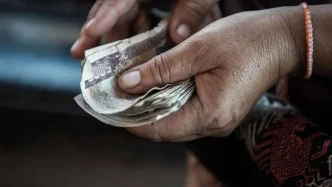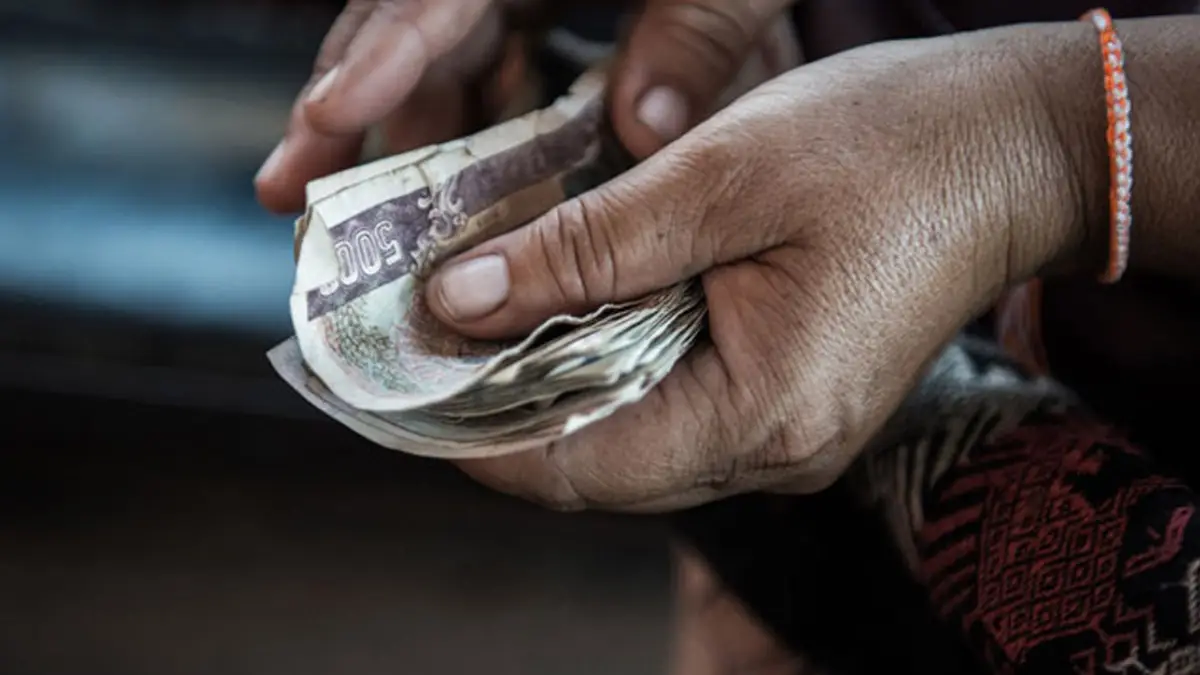The government of Laos has announced a sweeping plan to tackle the nation’s mounting economic challenges, including skyrocketing inflation, currency instability, and a growing public debt burden. In a detailed address to the National Assembly during its ongoing Ordinary Session, Prime Minister Sonexay Siphandone outlined urgent measures aimed at stabilizing the economy and protecting vulnerable communities, as lawmakers voiced deep concerns over the escalating cost of living and dwindling foreign reserves.
Inflation and Currency Woes Take Center Stage
At the heart of the government’s strategy is a commitment to bring inflation down to single digits by the end of 2025. Prime Minister Sonexay emphasized that curbing inflation is a top priority, acknowledging the severe impact of rising prices on civil servants, military and police personnel, and ethnic minorities across the country. “We are determined to protect the purchasing power of our people” he said during the session, underscoring the urgency of the situation.
To achieve this ambitious target, the government plans to implement stringent measures to stabilize the Lao kip, which has faced significant depreciation in recent years. Efforts will focus on boosting domestic production to reduce reliance on imports, a key driver of inflation. By increasing local supply of essential goods, officials hope to ease price pressures that have strained household budgets, particularly for low-income families in rural areas like those in the Annamite Mountains and Southern Laos.
Addressing the depletion of foreign currency reserves—a concern repeatedly raised by National Assembly members—the Prime Minister confirmed that steps are underway to bolster reserves through enhanced export promotion. Additionally, the government aims to curb unnecessary outflows of foreign currency, a move intended to relieve pressure on the kip and provide a buffer against further economic shocks. While specific export sectors were not detailed, analysts suggest that mining, hydropower, and agricultural products could play a pivotal role in this strategy.
Market Regulation and Utility Costs Under Scrutiny
In response to lawmakers’ calls for action on soaring market prices, the government pledged to strengthen oversight of commercial practices. Measures will target excessive price gaps caused by middlemen, ensuring fair pricing mechanisms to shield consumers from exploitation. This is particularly critical in urban centers like Vientiane, where market vendors have been accused of inflating prices for basic goods such as rice and vegetables, disproportionately affecting low-income households.
Rising utility costs, especially electricity tariffs, were another focal point of the National Assembly’s concerns. The government announced a comprehensive review of current rates, with special provisions under consideration for civil servants, security forces, and vulnerable groups. While details of potential subsidies or tariff adjustments remain unclear, the commitment signals an intent to alleviate the financial burden on those least able to bear it. For many families in Luang Prabang and Northern Laos, where access to affordable electricity is already limited, such relief could prove transformative if implemented effectively.
Public Debt and Budgetary Discipline
The issue of public debt loomed large over the session, with National Assembly members pressing for clarity on how Laos will manage its obligations without risking default. Prime Minister Sonexay reaffirmed the government’s commitment to honoring existing debt agreements while actively pursuing restructuring negotiations with select creditor nations. Though specific countries were not named, China— a major lender through Belt and Road Initiative projects— is widely speculated to be a key focus of these discussions.
To address immediate concerns, a portion of the 2024 central budget surplus, estimated at between 500 and 800 billion kip (US$23 million to US$37 million), will be allocated to repay overdue public investment debt. This move aims to reassure international creditors and maintain Laos’s financial credibility. However, with public debt levels reportedly high relative to GDP, some economists caution that without sustained revenue growth, such measures may only offer temporary relief.
On the revenue front, the government outlined plans to modernize tax and customs collection, particularly at international checkpoints. Enhanced collection of land taxes, fees, and service charges is also expected to bolster state coffers. Prime Minister Sonexay stressed the importance of strict budget discipline, promising cost-effective use of state funds to address chronic shortfalls. While these reforms are ambitious, their success will hinge on effective implementation and transparency— areas where Laos has faced criticism in the past.
Cracking Down on Illicit Activities
Beyond economic policy, the government responded to National Assembly concerns about illegal activities undermining national resources. A special committee, led by the Deputy Prime Minister for economic affairs and foreign cooperation, has been formed to tackle issues such as unregistered vehicles, illicit mineral extraction, illegal logging, and the unlawful exploitation of natural resources. Each case will be addressed individually, with officials promising swift and appropriate action.
These activities have long plagued regions like Pakse and Southern Laos, where unregulated mining and logging have caused environmental degradation and lost revenue for the state. The formation of the committee signals a renewed focus on enforcement, though skepticism remains about whether local authorities have the capacity to curb deeply entrenched practices. If successful, however, such measures could not only protect Laos’s natural heritage but also generate additional revenue through legal channels.
Balancing Reform with Public Confidence
The government’s response reflects a serious and immediate commitment to addressing Laos’s most pressing economic challenges. From inflation and currency instability to public debt and resource exploitation, the breadth of the proposed reforms is striking. Yet, the road ahead is fraught with obstacles. Stabilizing the kip and reducing inflation will require sustained policy coordination, while debt restructuring negotiations carry geopolitical and financial risks.
For ordinary citizens, particularly those in marginalized communities, the success of these measures will be judged by tangible improvements in daily life. In markets across Vientiane, where the cost of basic goods continues to climb, there is cautious hope that government intervention will bring relief. But as one vendor remarked, “Promises are easy to make—we need to see prices come down before we believe”.
Analysts also note that public confidence in state institutions remains fragile, particularly in the wake of past economic mismanagement. Restoring trust will require not only effective policy but also greater transparency and accountability. The government’s pledge to modernize revenue collection and enforce budget discipline could be a step in this direction, provided reforms are implemented with rigor.
Regional Context and Future Outlook
Laos’s economic struggles are not unique in Southeast Asia, where many nations grapple with post-pandemic recovery, global inflation, and geopolitical tensions. Neighboring countries like Thailand and Vietnam have also faced currency fluctuations and rising costs, though their larger economies afford greater resilience. For Laos, with its smaller GDP and heavy reliance on foreign investment, the margin for error is slim.
The government’s focus on export promotion and domestic production aligns with broader regional trends toward self-sufficiency. However, competing in global markets will require addressing structural challenges, including infrastructure deficits and bureaucratic inefficiencies. International partners, including ASEAN member states, could play a role in supporting Laos through technical assistance or trade agreements, though such cooperation often comes with strings attached.
As the National Assembly session continues, the government faces mounting pressure to translate its promises into action. With inflation eroding livelihoods and public debt casting a long shadow, the stakes could not be higher. For now, the people of Laos wait to see whether these urgent reforms will deliver the stability and prosperity they so desperately need.
As these policies unfold, questions linger about their long-term impact on the nation’s most vulnerable. Will the government’s ambitious targets be met, or will economic challenges persist into 2026 and beyond? Only time will tell, but the resolve shown in Vientiane this week offers a glimmer of hope amid uncertain times.















